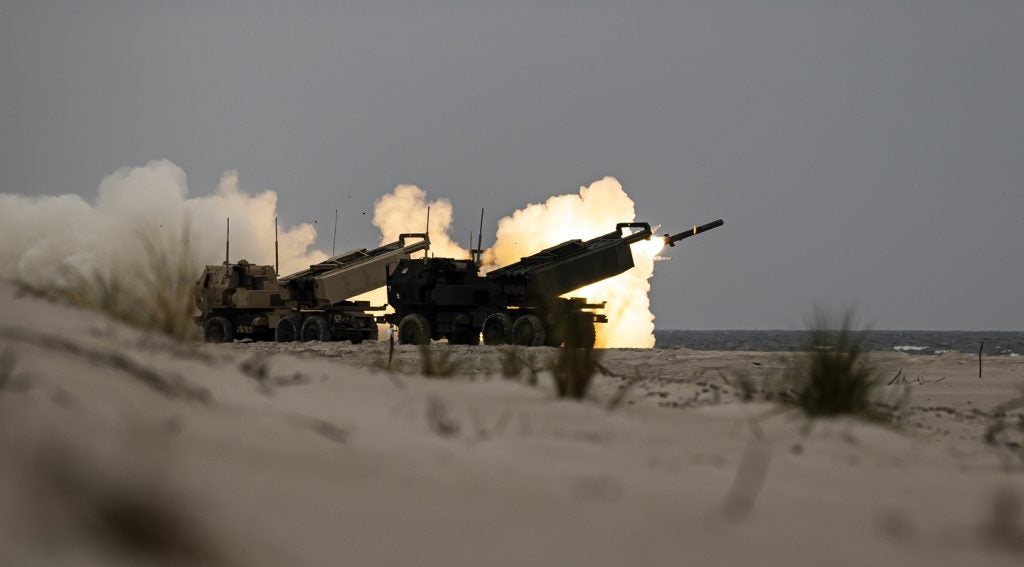
The Baltic countries of Estonia, Latvia, and Lithuania, as well as Poland and Morocco, look set to benefit from a US Department of Defense (DoD) contract for Army Tactical Missile System (ATACMS) long-range missile capabilities, delivering on earlier agreements.
In a 2 July 2024, statement, the DoD revealed that Lockheed Martin had been awarded a $226.8m hybrid contract for ATACMS missile and launching assembly procurement, with work to be performed through to December 2028 under a Foreign Military Sales (FMS) arrangement.
None of Estonia, Latvia, Lithuania, or Morocco currently operate either the M142 High Mobility Artillery Rocket System (HIMARS) or M270 multiple launch rocket system (MLRS) vehicles, which are the two potential delivery vehicles for the ATACMS munition. Poland currently has five M142 HIMARS vehicles in its inventory, delivered in 2023, with a planned total fleet reaching up to 506 systems.

However, in October 2023, Latvia requested to purchase six HIMARS platforms and associated ATACMS missile payloads. The US approved the potential FMS of eight M142 HIMARS and ATACMS munitions in November 2022 to Lithuania for an estimated cost of $492m, while Estonia also agreed a deal in 2022 for HIMARS launchers.
In April 2023, Morocco requested to buy 18 M142 HIMARS launchers and 40 M57 ATACMS, among other equipment including 36 M31A2 unitary guided MLRS (GMLRS) rounds and 36 M30A2 GMLRS alternative warheads in a deal worth up to $524.3m.
Controversy: ATACMS provision to Ukraine
The range and accuracy of the ATACMS munition had made headlines in recent months after the US relented in its opposition for its provision to Ukraine, which has since been used by Ukrainian forces to conduct long range strikes into Russian territory.
Washington had previously been keen to avoid sending long-range strike munitions such as the ATACMS to Ukraine for fear of being seen to escalate Nato’s provision of equipment to Kyiv but relented after the UK and France sent Storm Shadow/SCALP cruise missiles.
According to manufacturer Lockheed Martin, the ATACMS is a “long-range, guided missile” packaged in a pod to enable firing from the MLRS family of launchers, such as the M142 HIMARS or M270 systems.
The pod is configured to appear to carry a standard MLRS payload from the M26 or M28 family of munitions in order to avoid enemy combatants gaining an understanding of individual platform capabilities.
The ballistic missile contains improved GPS guidance, and carries a WDU18, 500lb (230kg) blast fragmentation warhead, with a maximum range of 300km.





